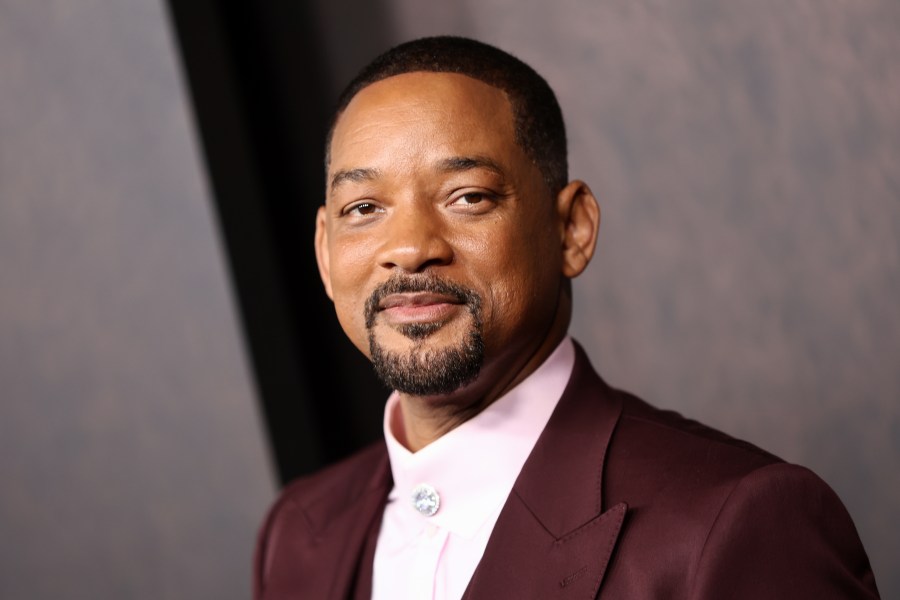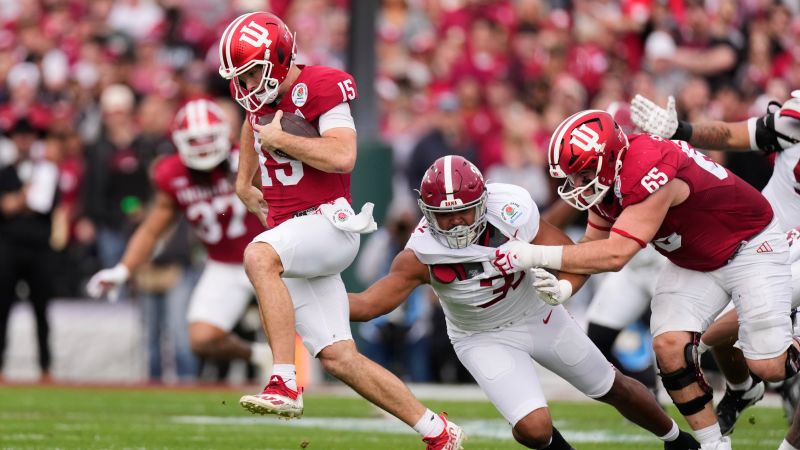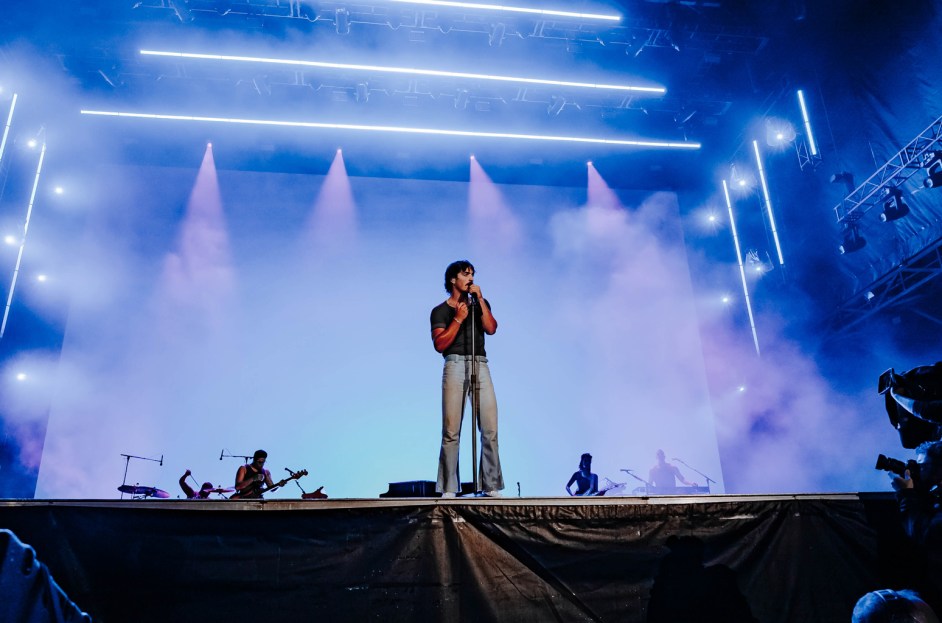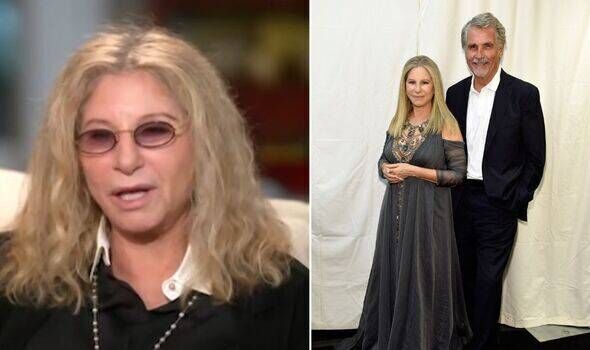Nightwing Tackles Comic Book Censorship in Bold New Storyline
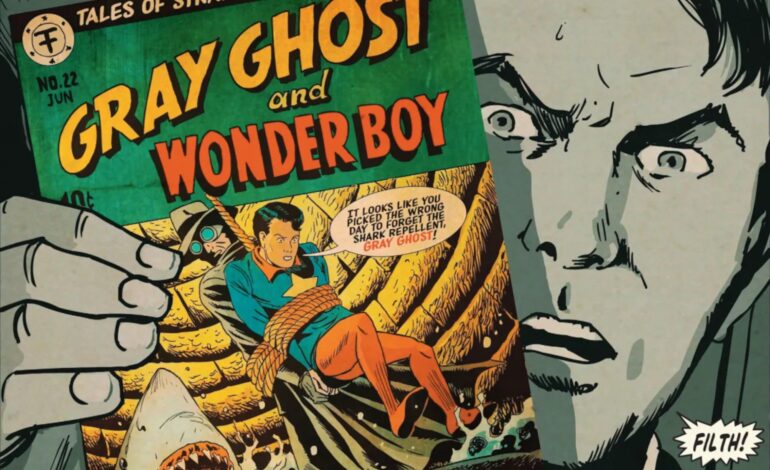
In a striking new storyline, Nightwing confronts comic book censorship while battling formidable new foes. The latest issue introduces the otherworldly villain Zanni and his accomplice Olivia Pearce, who aim to manipulate the Boy Wonder for their sinister Cirque du Sin. As Nightwing wrestles with the chaotic Nite-Mite, readers discover Olivia’s tragic backstory, which is intertwined with the historical impact of the Comics Code Authority (CCA).
Understanding the Comics Code Authority
The Comics Code Authority, established in the 1950s, sought to regulate the content of comic books, particularly those aimed at young audiences. This initiative arose during a moral panic in the United States, spurred by Fredric Wertham’s controversial book, Seduction of the Innocent. Wertham’s claims suggested that comic books incited juvenile delinquency, notably alleging that Batman and Robin promoted illicit relationships, which ignited widespread demands for censorship.
While the CCA was never a government body, it wielded significant influence over publishers. The guidelines restricted portrayals of crime, sexuality, drug use, and violence, among other themes deemed inappropriate. Although the seal of approval was finally abandoned by DC Comics in 2011, the CCA’s restrictive legacy lingers in the industry.
Nightwing’s New Adversary and Her Dark Past
In the 2025 Nightwing Annual, Bludhaven’s police commissioner, Maggie Sawyer, uncovers the fabricated history of Olivia Pearce. Her investigation reveals that Olivia’s father, a lawyer for the in-universe version of the CCA, despised comic books, viewing them as corrupt. Olivia found solace in comics, escaping the trauma inflicted by her abusive father, who once attempted to imprison her for reading them. In a tragic turn, she accidentally killed him during a confrontation and fled to seek refuge in a comic shop, only to be approached by Zanni, who offered her a role in his nefarious circus.
Olivia’s infatuation with superheroes becomes a twisted reflection of her turbulent upbringing. Zanni and his cohort, Colombina, believe that superheroes represent the evolution of the circus, claiming that their over-saturation has rendered them stale. Colombina, in particular, expresses a perverse fascination with the dangers superheroes face, which she misinterprets as a consequence of her repressed childhood.
The narrative offers a meta-commentary on the hypocrisy surrounding comic book censorship, highlighting the struggle between creative expression and societal expectations. This conflict not only propels the plot but also deepens the motivations of Olivia as a villain, making her a compelling adversary for Nightwing.
As Nightwing prepares to confront these challenges, the ongoing battle against censorship and the complexities of personal history promise to shape the future of this iconic character. The latest issue is now available, and its commentary on the legacy of censorship in comics is particularly timely and thought-provoking.
Nightwing’s confrontation with Olivia Pearce and Zanni presents an engaging blend of action and poignant social critique, inviting readers to reflect on the broader implications of censorship in creative fields.

